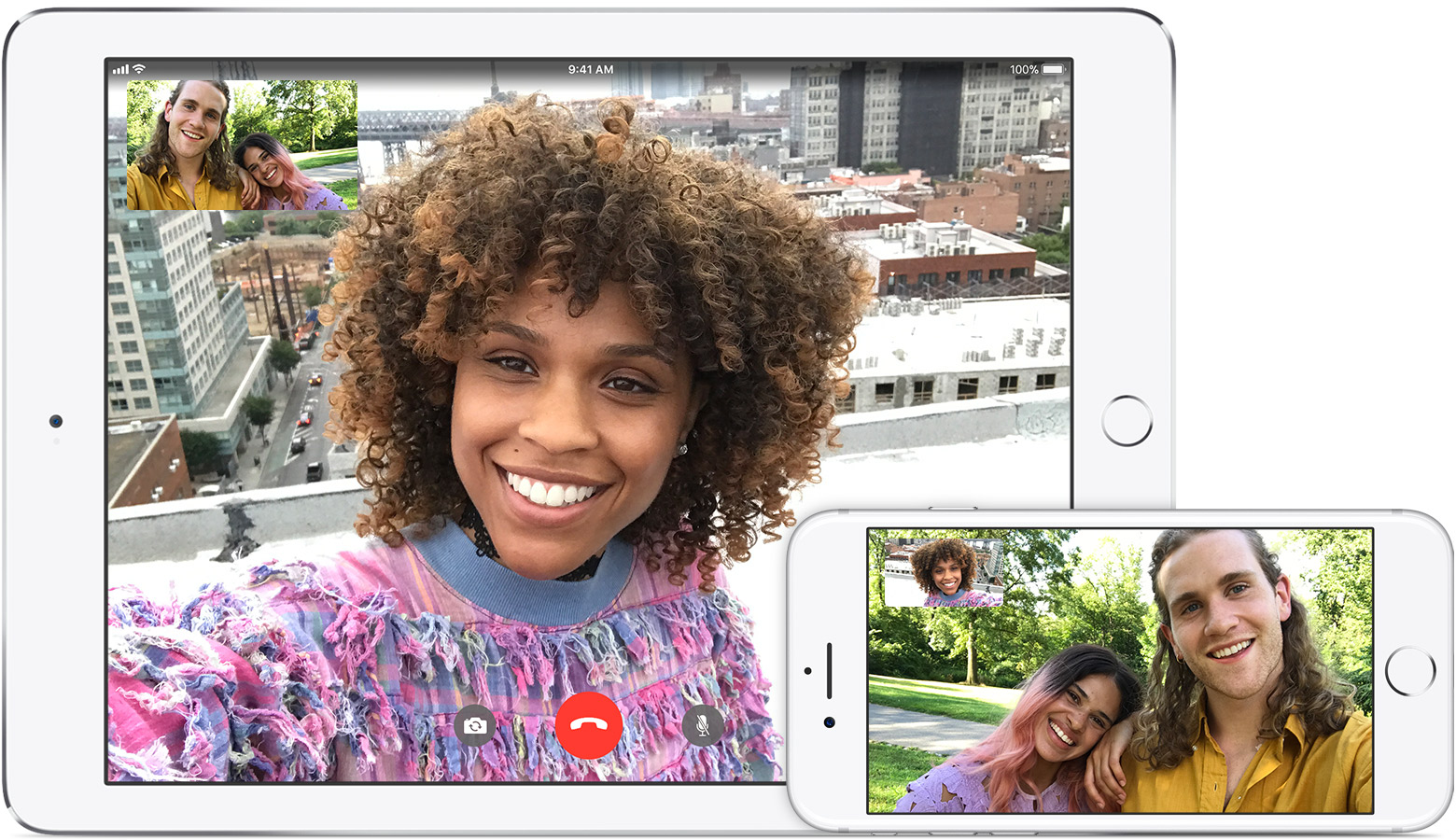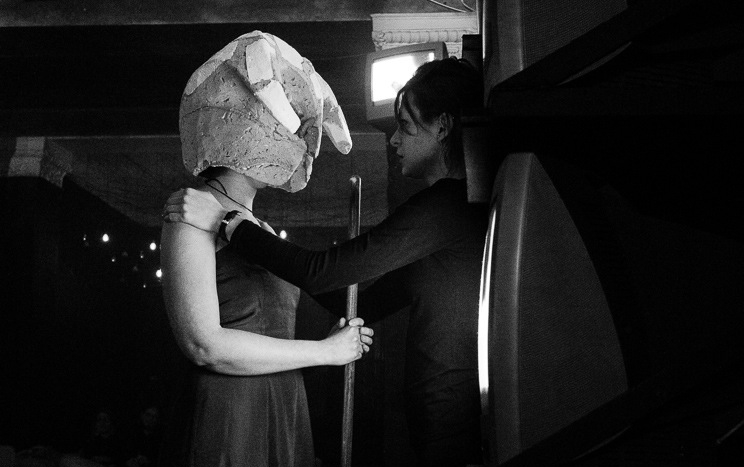SUMMARY
The third space. A space that combines our current space with another space. Yet, it is nearly impossible to coexist in two of the spaces simultaneously. However, this does not mean that we can not communicate with other who have stepped into the third space along side you. In a sense as we step into the third space, we are remodelling it to become our first space.
(Image of everyone coming online on Adobe Connect)
We used Adobe Connect, a more professional counterpart to Skype and FaceTime, as our platform to access the third space. Our third spaces is occupied by our entire class (except two students who could not manage to log on). Originally, we were meant to be located in different first spaces but for the sake of efficiency and time we stayed in the Foundation 4D room. We played around with different activities that connected all of us through the third space. We tried connecting our arms to create a row, touched fingers with the people next to us, covered the screen in a monochrome color, and more.
EXPERIENCE
(Image of one of the activities)
The entire experience was fun and amusing. There were a lot of laughs however, that was mostly because we were in the same first space that allowed us to make jokes and see the reaction with others as we did some of our ridiculous activities. Other than the occasional laughs, I felt that fascinated by the experience. Sure, I’ve used Skype to call a friend and gave her a “Hi-5” or exchanged food with Bella during our Telematic Stroll. But to something of this scale with so many people and such unique activities was a novel moment in my third space career.
DISCOVERY
(Images of activity requiring aligning our body parts)
Though we were in the same first space, we can see people trying to align their hands and arms without discussing it with one another. We had the opportunity and temptation to yell out to the student whose screen was above mine to align our fingers yet we withheld the urge and used the screen itself. This in a way shows how we truly cannot completely be in the first space as well as the third space. We were aware we were in the same room physically yet our mind kept telling us to focus our thoughts in the third space.
REFLECTION
(Image of our hands close up)
The third space. Though not an official word in the dictionary, is a word that relates to many of us in this society. We spend so much time in our third space then we do in any other space (granted we are usually asleep while we are in our first space). People usually assume that once we are in the third space or “glued to our phones” that we are completely isolated and anti-social. But they do not realize that the third space is like a community of other like minded people who we can interact and connect with.




